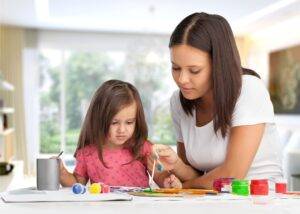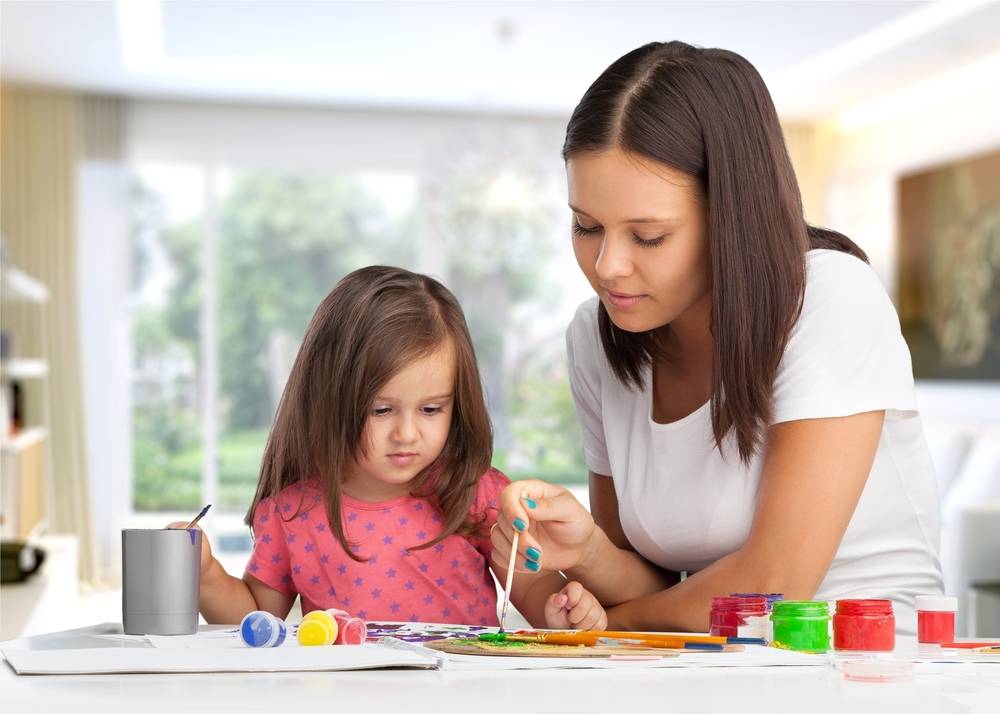Self-care is an important aspect of overall health and well-being, and it’s especially important for children with autism. Children with autism often struggle with self-regulation, which can make it difficult for them to take care of themselves. But with the right strategies and techniques, you can help your child with autism learn self-care skills that will serve them well throughout their life.
First, it’s important to understand that self-care skills are not one-size-fits-all. Every child with autism is unique, and what works for one child may not work for another. It’s important to take the time to get to know your child and understand their individual needs and preferences.
One of the best ways to teach self-care skills to a child with autism is through visual aids. Children with autism often respond well to visual cues, so using pictures, diagrams, and videos can be an effective way to teach self-care skills. For example, you can use pictures of a person brushing their teeth to teach your child about oral hygiene, or you can use a video to show your child how to wash their hands properly.
Another effective strategy is to break down self-care tasks into smaller, more manageable steps. Children with autism may struggle with understanding and completing large, complex tasks. By breaking down tasks into smaller steps, you can help your child understand what they need to do and make it easier for them to complete the task. For example, instead of telling your child to take a shower, you can break it down into smaller steps: undress, turn on the water, get in the shower, wash body, rinse off, and get out.
Use of Positive Reinforcement
It’s also important to use positive reinforcement to teach self-care skills. Children with autism respond well to positive reinforcement, so it’s important to praise your child for their efforts and accomplishments. For example, you can give your child a sticker or a small treat when they complete a self-care task. It’s also important to use a calm and reassuring tone when teaching your child new self-care skills. This will help your child feel more comfortable and confident as they learn.
Another effective strategy is to use social stories to teach self-care skills. Social stories are short, simple stories that describe a social situation and how to respond to it. They can be used to teach a wide range of self-care skills, such as personal hygiene, grooming, and dressing. Social stories are a great way to teach self-care skills in a way that is easy for children with autism to understand and relate to.
Finally, it’s important to be patient and persistent when teaching self-care skills to a child with autism. Children with autism may take longer to learn self-care skills than other children, and it’s important to be patient and persistent in your efforts.
It’s also important to remember that children with autism may need more time to practice self-care skills before they are able to do them independently.
In conclusion, teaching self-care skills to a child with autism can be challenging, but it’s not impossible. By using visual aids, breaking down tasks into smaller steps, using positive reinforcement, social stories and being patient and persistent, you can help your child with autism learn the self-care skills they need to lead a healthy and independent life.
Remember to be flexible and adaptable to your child’s needs as they will be different from other children with autism. With time and practice, your child will be able to master these skills and take care of themselves.
You may also love to read this:








